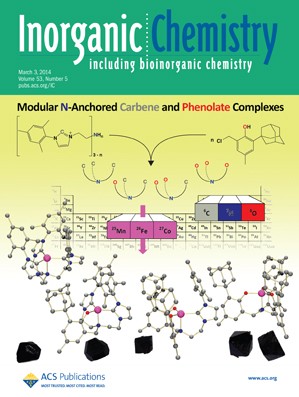New interesting aspects of the spectroscopic properties, magnetism, and method of synthesis of gadolinium orthovanadates doped with Eu3+ ions are discussed. Gd1–xEuxVO4 (x = 0, 0.05, 0.2) bifunctional luminescent materials with complex magnetic properties were synthesized by a microwave-assisted hydrothermal method. Products were formed in situ without previous precipitation. The crystal structures and morphologies of the obtained nanomaterials were analyzed by X-ray diffraction and transmission and scanning electron microscopy. Crystallographic data were analyzed using Rietveld refinement. The products obtained were nanocrystalline with average grain sizes of 70–80 nm. The qualitative and quantitative elemental composition as well as mapping of the nanocrystals was proved using energy-dispersive X-ray spectroscopy. The spectroscopic properties of red-emitting nanophosphors were characterized by their excitation and emission spectra and luminescence decays. Magnetic measurements were performed by means of vibrating sample magnetometry. GdVO4 and Gd0.8Eu0.2VO4 exhibited paramagnetic behavior with a weak influence of antiferromagnetic couplings between rare-earth ions. In the substituted sample, an additional magnetic contribution connected with the population of low-lying excited states of europium was observed.

